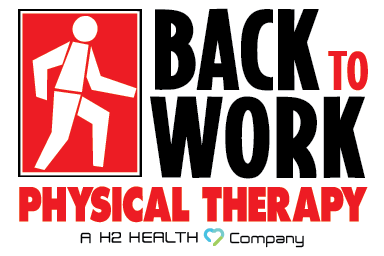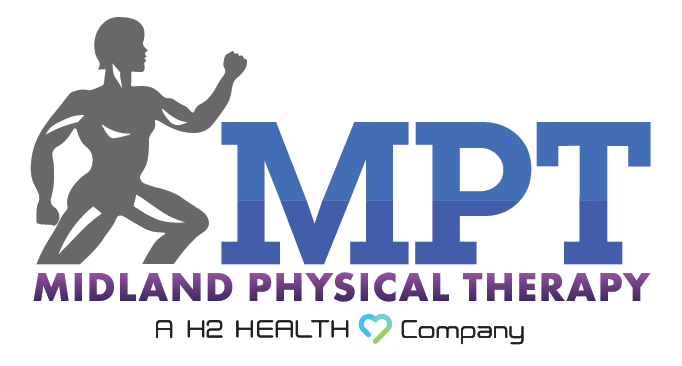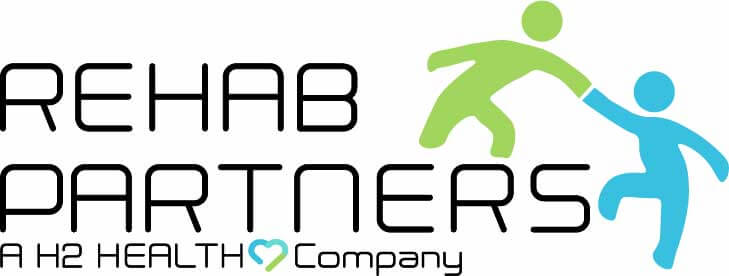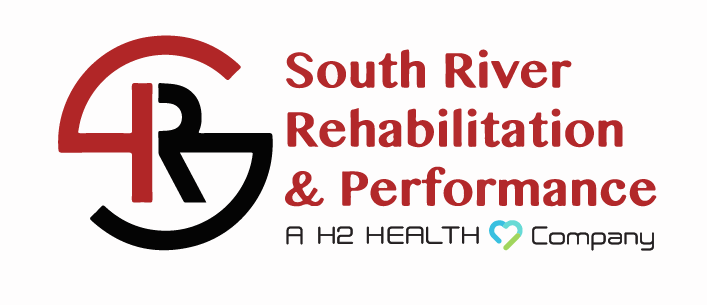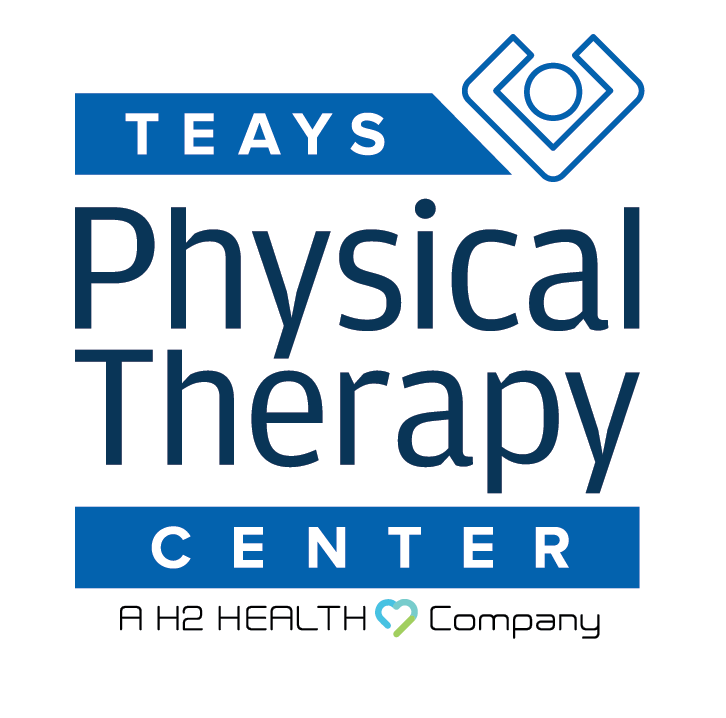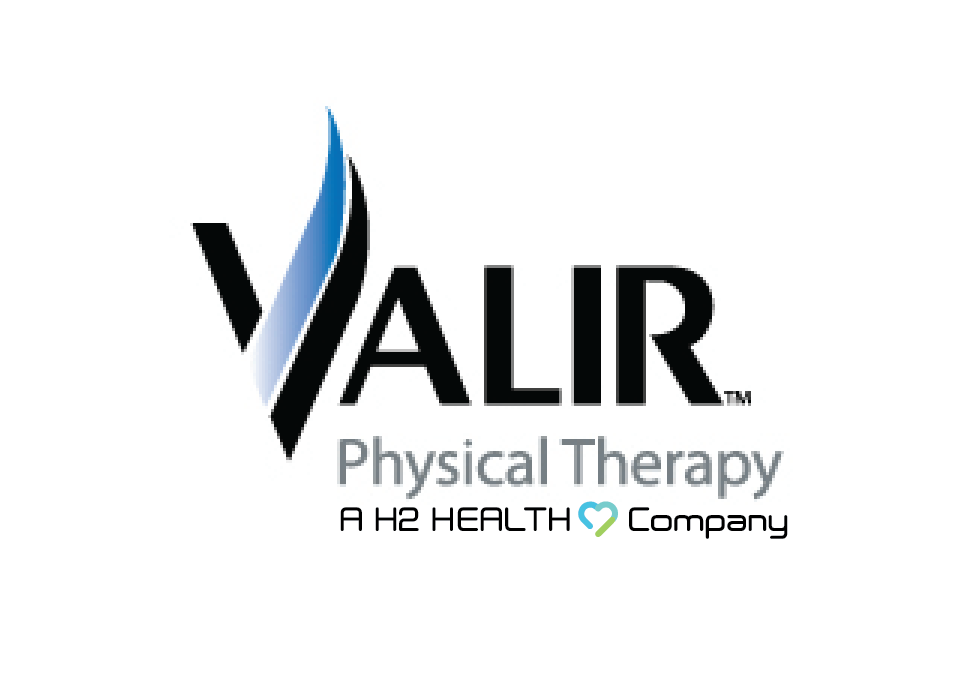
Living with hip bursitis can be a painful and frustrating experience, affecting your daily activities and overall quality of life. It is a common condition that occurs when the fluid-filled sacs (bursae) in your hips become inflamed due to repetitive motion or pressure.
The good news is that there are ways to manage this condition at home. Here are some helpful tips for Kenhorst residents looking for effective ways to ease their hip bursitis pain and improve their mobility. We will also discuss how a physical therapist can help you with hip bursitis treatment.
What is Hip Bursitis?
Hip bursitis is a condition that occurs when the bursae, small fluid-filled sacs that cushion the bones, tendons, and muscles near your hip joint, become inflamed. This inflammation causes pain and discomfort, especially when moving your hip.
Causes of Hip Bursitis
Several factors can lead to hip bursitis. Repetitive motions or overuse, such as running or cycling, can strain the hip joint. Injuries, like falls, can also damage the bursa. Other causes include arthritis and spine problems.
Symptoms to Watch For
If you have hip bursitis, you may experience sharp pain on the outside of your hip or thigh. The pain often worsens with physical activity or prolonged sitting. You might also notice swelling or warmth around the affected hip area.
Home Treatments for Hip Bursitis
There are several ways to manage hip bursitis without leaving your house. Here are some effective methods:
Rest
One of the easiest methods of bursitis treatment is to give your hip some rest. This doesn’t mean you have to stop all activities, but rather to take it easy:
- Avoid high-impact exercises like running or jumping.
- Take breaks during activities that put stress on your hip.
- Use a cushion or pillow when sitting for long periods.
Rest allows the inflammation to subside and gives your body time to heal.
Applying Ice Packs
Ice packs can be a simple yet effective way to reduce hip bursitis pain. Wrap an ice pack in a towel or a soft cloth and apply it to the affected area for 15-20 minutes. Repeat this process several times a day, avoiding direct application of ice to the skin.
The cold helps to numb the area and reduce swelling, providing immediate hip pain relief.
Over-the-Counter Pain Relievers
Sometimes, over-the-counter pain relievers can be helpful in hip bursitis treatment:
- Ibuprofen (Advil) or Naproxen (Aleve) can reduce inflammation and hip pain.
- Acetaminophen (Tylenol) can help relieve pain.
Always follow the recommended dosage instructions. Using these medications can provide temporary relief while you work on other long-term strategies.
Gentle Stretching and Strengthening Exercises
Incorporating gentle stretching and strengthening exercises into your daily routine can help alleviate hip bursitis pain:
- Butterfly stretch: Sit on the floor with your feet together and gently press your knees towards the ground until you feel stretched.
- Hip flexor stretch: Kneel on one knee and push your hips forward, keeping your back straight.
- IT band stretch: Stand and cross one leg behind the other, then lean towards the side of the front leg.
- Clamshells: Lie on your side with your knees bent, then lift your top knee while keeping your feet together
- Bridges: Lie on your back with your knees bent and feet flat on the floor, then lift your hips towards the ceiling
- Leg lifts: Lie on your side with your legs straight, then lift your top leg towards the ceiling
These exercises can help stabilize your hip joint and reduce stress on the bursae.
Importance of Proper Footwear
Wearing the right shoes can make a big difference in hip bursitis treatment:
- Choose shoes with good arch support and cushioning.
- Avoid high heels and flat shoes that don’t provide adequate support.
- Consider using orthotic inserts for added comfort.
Proper footwear helps distribute your weight evenly and reduces stress on your hips.
Diet and Hydration
Believe it or not, what you eat and drink can impact your hip bursitis:
- Anti-inflammatory foods like fruits, vegetables, and whole grains can help reduce inflammation of the bursae.
- Staying hydrated keeps your joints lubricated and functioning well.
- Avoiding processed foods and sugary drinks can also help manage inflammation.
A healthy diet supports overall well-being and can aid in managing pain.
Benefits of Physical Therapy for Hip Bursitis Treatment
Physical therapy can be incredibly beneficial for managing hip bursitis:
- A physical therapist can design a personalized hip bursitis exercise program for you.
- They can teach proper body mechanics to avoid aggravating your hip pain.
- Regular sessions can help increase the range of motion and strength of your hip.
Hip Bursitis Treatment in Kenhorst, PA
If you’re struggling with hip bursitis and want to explore effective treatment options, don’t hesitate to reach out to H2 Health. Our team of experienced physical therapists is dedicated to providing a personalized hip bursitis treatment plan tailored to your unique needs.
In addition to physical therapy services, we also offer occupational therapy, speech therapy, hand therapy, and much more.
To learn more about hip bursitis treatment or to make an appointment with us, contact one of our locations near you or use our appointment request form. We look forward to serving you!











